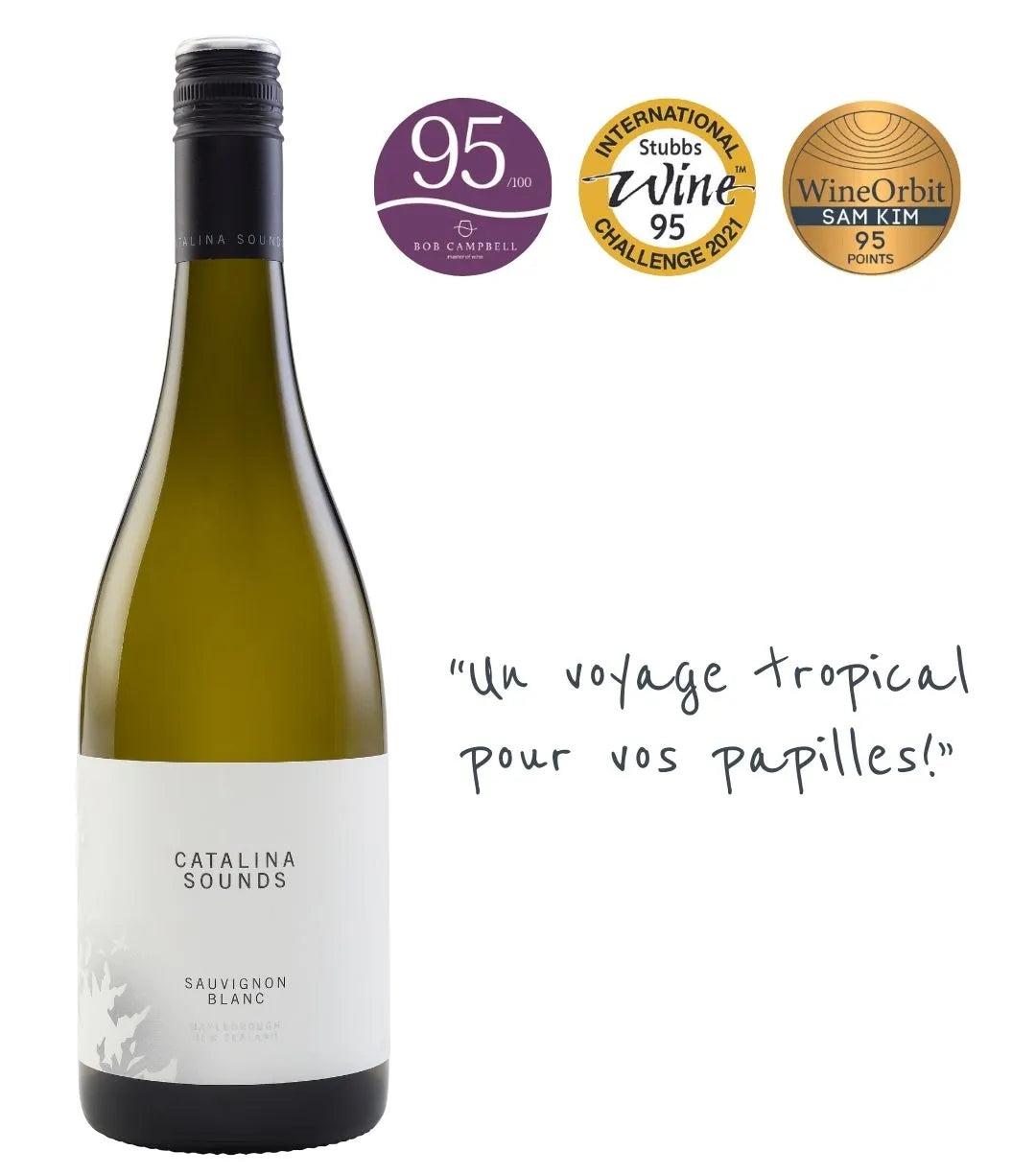Languedoc Wines: A Mediterranean Mosaic Between Sea and Mountain
Red Grapes: The Pillars of Languedoc
Red wines are the stars of Languedoc! Each grape variety has its own aromatic profile and makes a specific contribution to the blends, which are a signature of the region.
Grenache Noir is one of the historic grapes of Languedoc. Originally from Spain, it adapts perfectly to the hot, dry climate of the region. With ripe red fruit aromas like cherry and strawberry and a rounded mouthfeel, Grenache Noir is often used to balance more powerful grapes in blends.
Appreciated for its structure and intensity, Syrah is an essential grape in Languedoc. It brings wines aromas of black fruits, violet, and peppery notes, which are characteristic of this variety.
Mourvèdre loves the sun and heat, yet it can show great subtlety. It adds aromas of dark fruit, leather, and spices to wines, contributing depth and complexity. Mourvèdre-based wines are also known for their aging potential, revealing subtle notes of undergrowth and truffle over time.
Carignan, a historic grape of Languedoc, has seen a revival in recent years. Often from old vines, it’s appreciated for its tannic structure and notes of wild herbs and spices. Well-managed, it produces structured and expressive wines.
Cinsault is the versatile grape par excellence, used for both reds and rosés in Languedoc. Known for its light fruitiness and finesse, it adds fresh red fruit notes and pleasant freshness to blends, softening wines that may be dominated by more robust grapes.
White Grapes: Freshness and Elegance
While reds are dominant, Languedoc also produces some exceptional white wines. These white grapes, often blended, provide remarkable aromatic richness and freshness, perfect for Mediterranean cuisine.
Grenache Blanc is one of the most widely cultivated grapes for Languedoc whites. Structured and generous, it stands out with aromas of pear, apple, and a light floral touch. Its roundness makes it an excellent choice for balanced, expressive blends.
Roussanne and Marsanne are often paired together for their complementary qualities. Roussanne brings floral aromas and honeyed notes, while Marsanne adds hints of stone fruit and a silky texture. Together, they produce elegant and well-structured whites, particularly appreciated in appellations such as Limoux and Languedoc.
Muscat Blanc à Petits Grains is an iconic grape for producing sweet wines in Languedoc. The wines made from Muscat are intensely aromatic, with notes of fresh grape, orange blossom, and honey—perfect for lovers of sweet, fragrant wines.
The Art of Blending: Languedoc’s Signature
In Languedoc, blending grape varieties is an art. Winemakers excel in combining complementary characteristics to create balanced, complex wines. A typical Languedoc red blend might combine the roundness and fruitiness of Grenache, the power of Syrah, and the depth of Mourvèdre, resulting in a harmonious and captivating wine.
For whites, blends of Grenache Blanc, Roussanne, and Vermentino yield wines that are both rich in aroma and wonderfully fresh. This diversity of styles and blends is a hallmark of Languedoc wines, with each winemaker adding a personal touch to craft unique wines representative of their terroir.
An exemplary domain that truly highlights the richness of Languedoc grapes is Domaine Mas de Lavail. Located in the Agly Valley in Maury, this family-owned vineyard is distinguished by its meticulous work with varieties such as Grenache Noir, Syrah, and Mourvèdre for its reds, and Grenache Blanc for its whites.
With old vines planted in schist soils, Mas de Lavail produces powerful, elegant wines that embody the local terroir. Their cuvées, marked by depth and aromatic complexity, demonstrate the quality and potential of Languedoc grapes, showing the region’s ability to craft characterful wines that balance finesse with intensity.
The grape varieties of Languedoc reflect the richness and diversity of this unique wine region. They allow for a wide range of wines, from powerful and spicy reds to fresh and aromatic whites, as well as elegant rosés and refined sweet wines. Whether you’re a fan of full-bodied wines, lighter styles, or even sweet treats, Languedoc wines offer a broad array of flavors and styles to suit any palate.
Discover all these exceptional wines on Vinodelice and let yourself be surprised by the diversity and unique character of these grape varieties! A delightful journey to the heart of Languedoc’s terroir awaits you!






